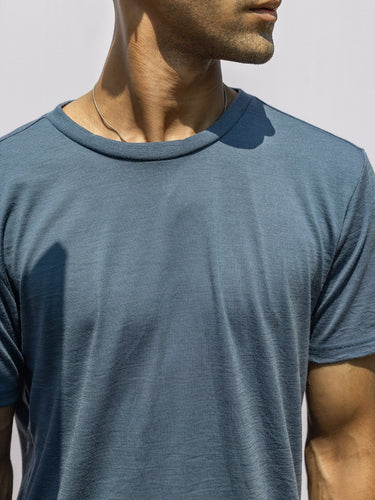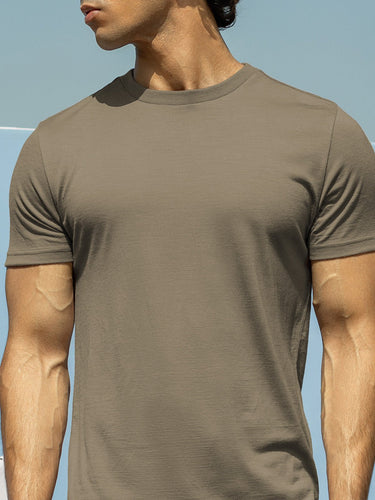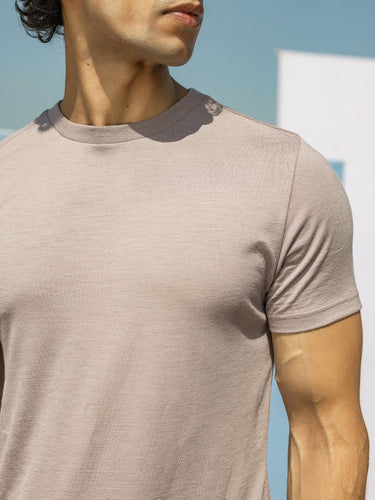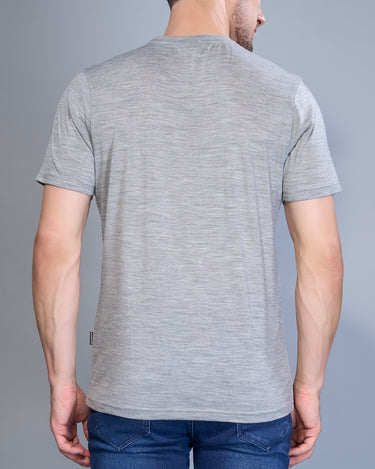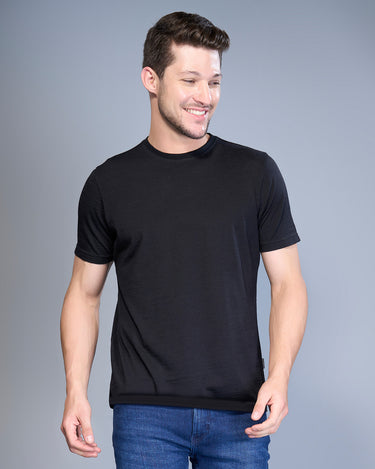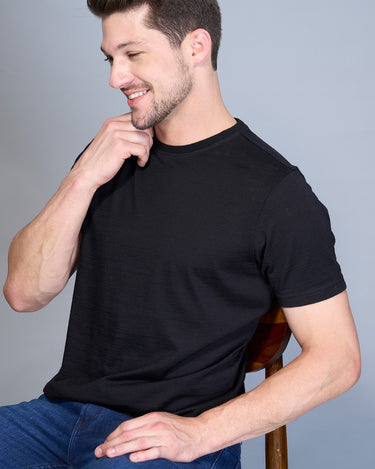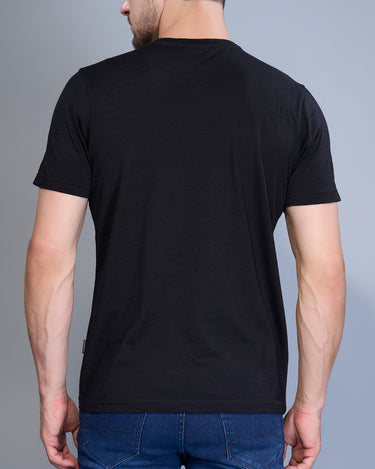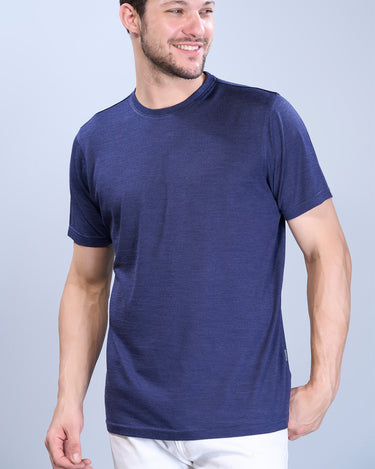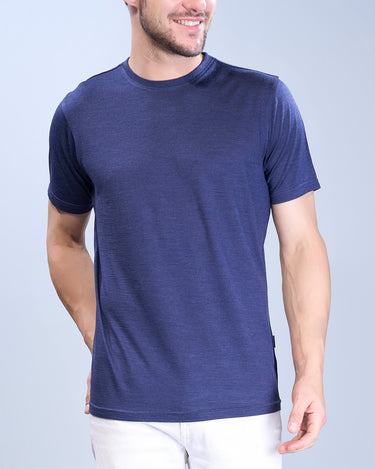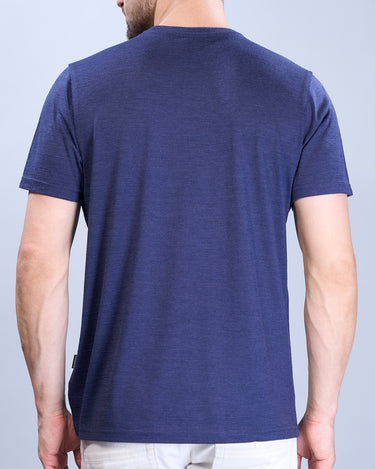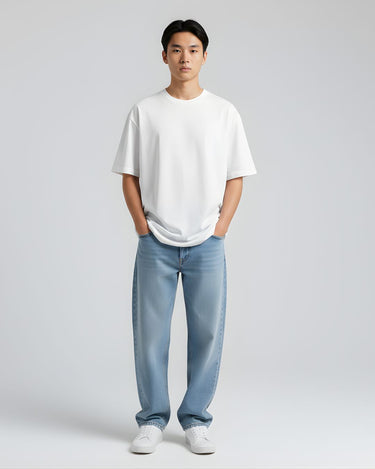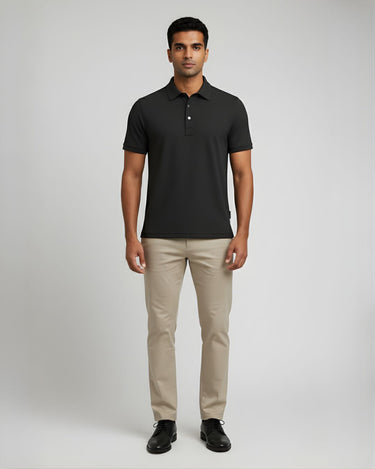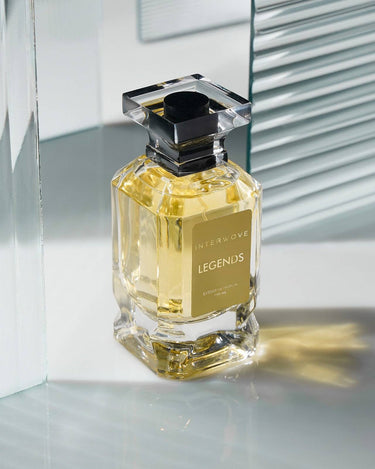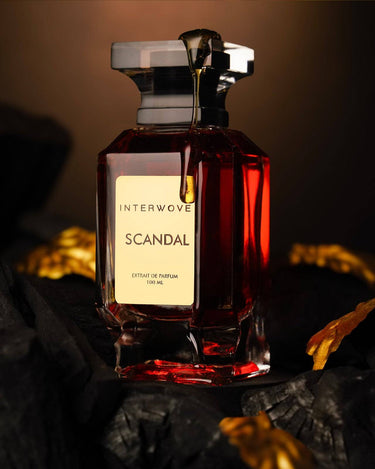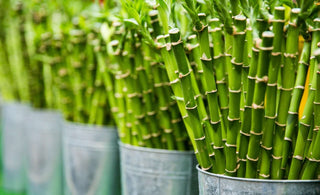
Bamboo is a fast-growing, sustainable plant that has been used for centuries in Asia for its versatility and practicality. In recent years, it has gained popularity as a material for clothing and textiles due to its eco-friendly and natural properties. But how exactly is bamboo transformed from a plant into a fabric?
The first step in the process of making bamboo fabric is harvesting the bamboo shoots. Bamboo shoots are the young and tender leaves of the bamboo plant, and they are usually harvested when they are around 1-2 years old. The shoots are then cut into small pieces and processed to extract the cellulose, which is the main component of bamboo fiber.
Once the cellulose has been extracted, it is processed into a pulp, which is then spun into yarn. This process is similar to the process used to make other natural fibers, such as cotton and wool. The yarn is then woven into fabric, which is then bleached, dyed, and finished according to the desired end use.
One of the main advantages of bamboo fabric is that it is naturally anti-bacterial and anti-fungal, which makes it ideal for clothing and other textiles that come into contact with the skin. This is due to a substance called bamboo kun, which is present in the bamboo plant. Bamboo kun is a natural antibiotic that helps to protect the plant from disease, and it also gives the fabric its natural antimicrobial properties.
Bamboo fabric is also highly breathable, which makes it a popular choice for clothing and other textiles that are worn close to the skin. The fabric's natural breathability helps to regulate body temperature, making it a comfortable choice for clothing in all seasons. Bamboo fabric is also naturally soft and gentle on the skin, making it a good choice for people with sensitive skin or allergies.
Another advantage of bamboo fabric is that it is highly absorbent, which makes it ideal for activewear and other sportswear. Bamboo fabric is able to wick moisture away from the skin, keeping the wearer dry and comfortable during even the most intense physical activity. This is a major reason why bamboo is becoming increasingly popular as a material for sportswear and activewear.
In conclusion, the process of making bamboo fabric is a journey from the plant to the fabric, and it is a testament to the versatility and practicality of this remarkable material. From its sustainable properties to its natural comfort and breathability, bamboo is a material that is truly unique, and it is a great choice for anyone looking for an eco-friendly and stylish alternative to traditional textiles.


